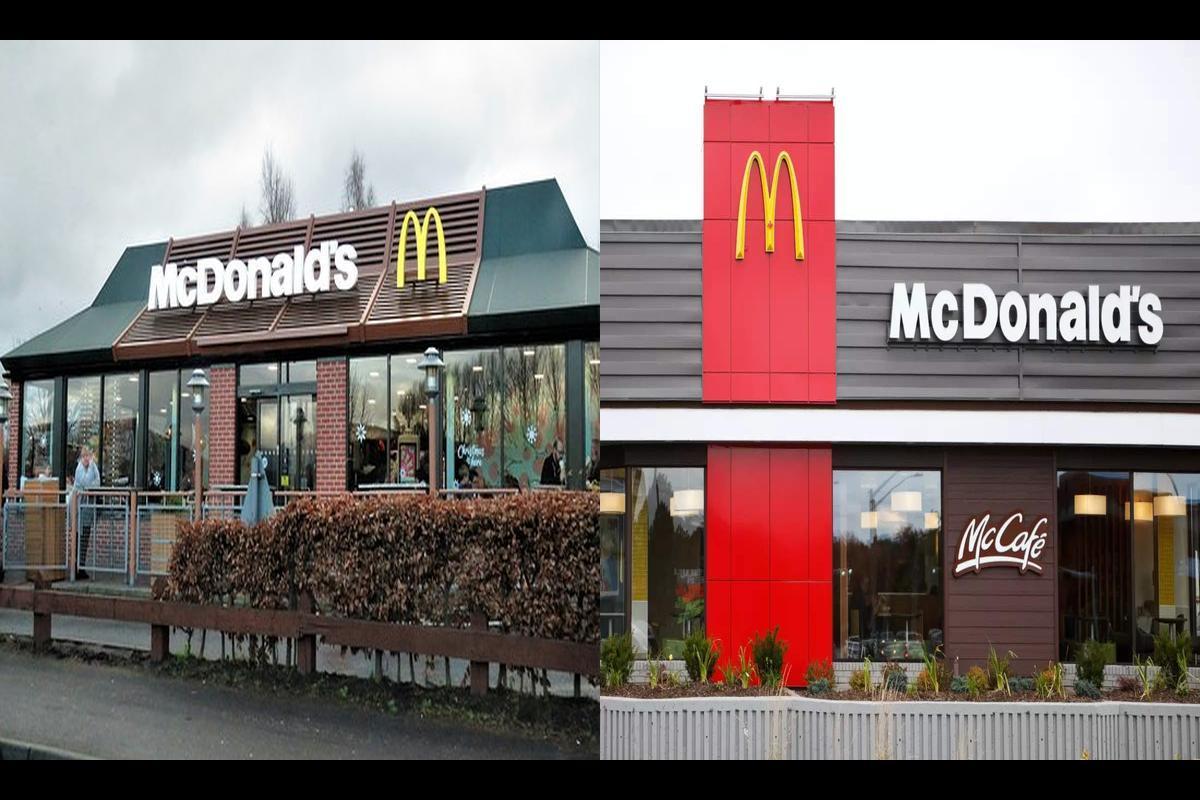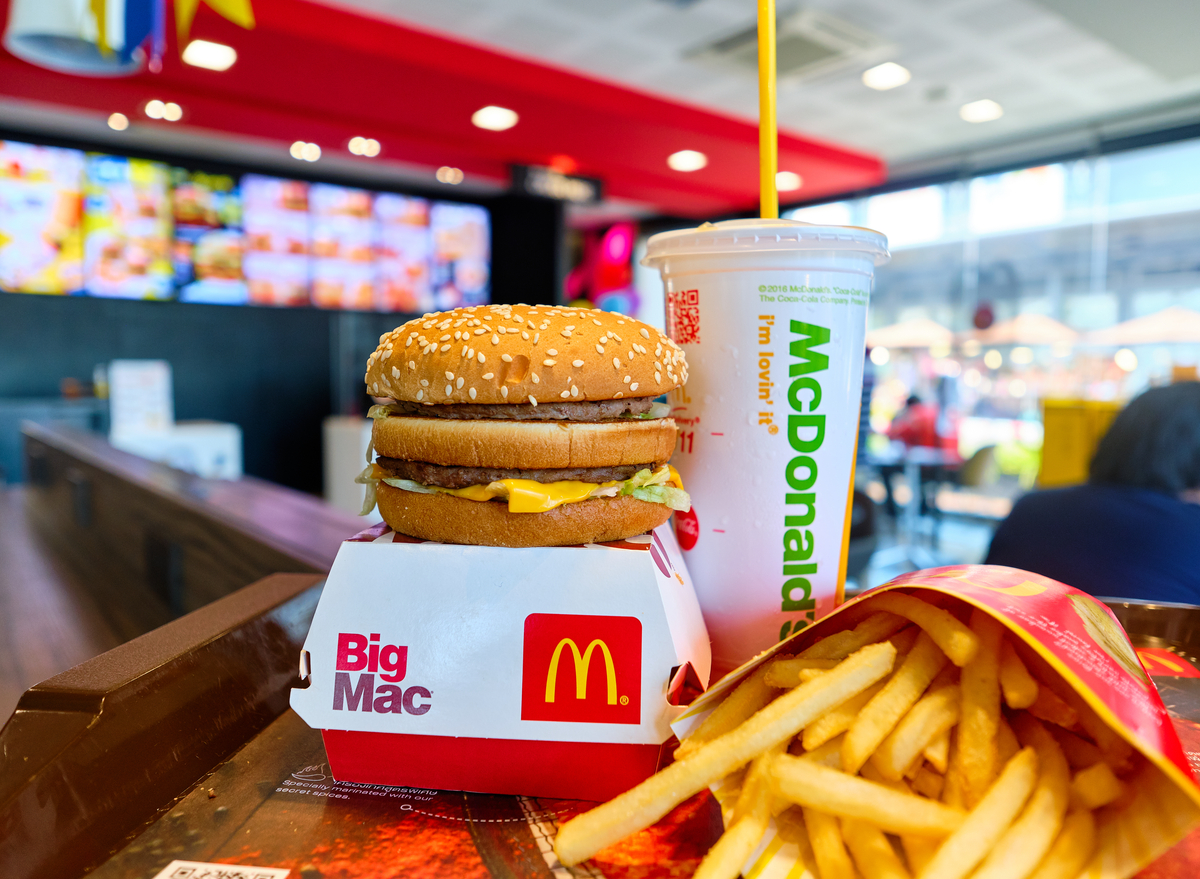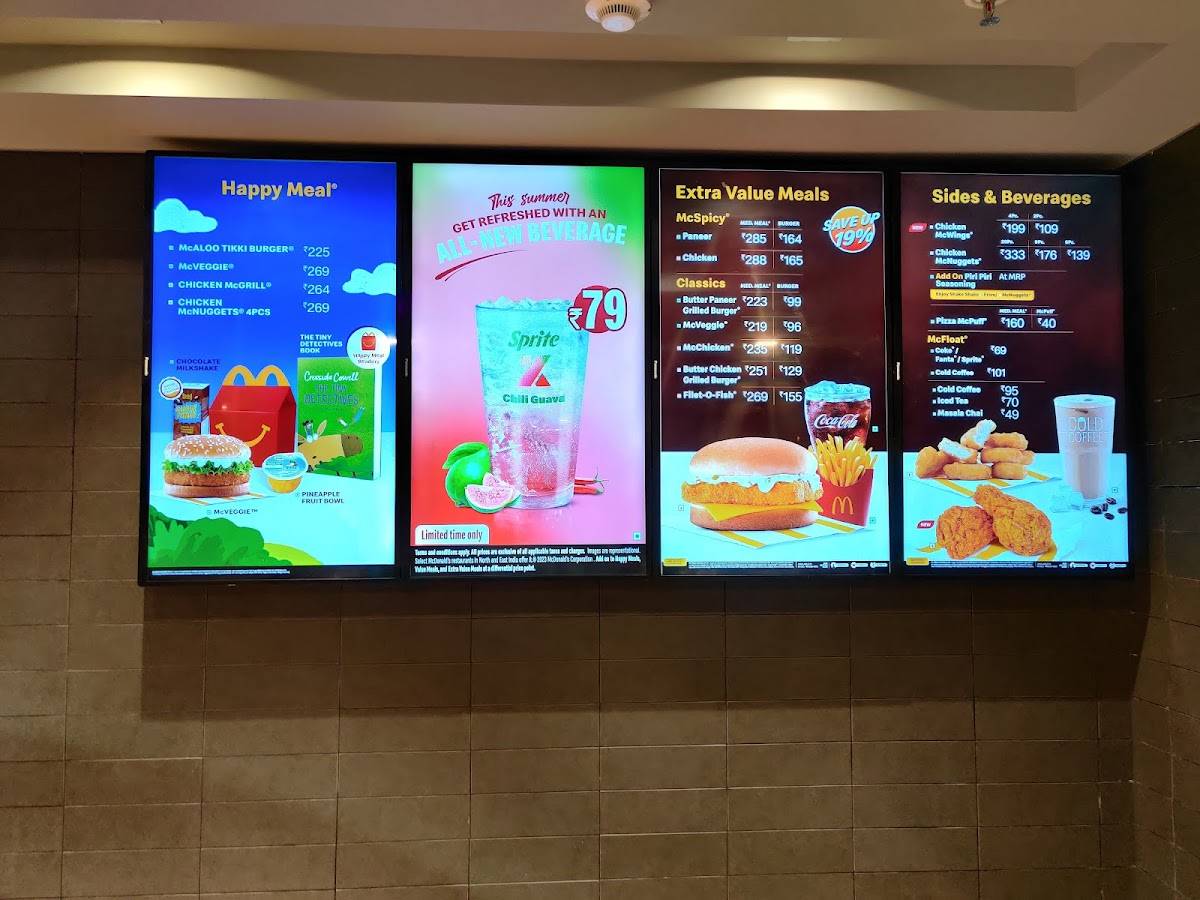In an era where social media often blurs the lines between perception and reality, McDonald’s has stepped forward to clarify the narrative around its pricing structure, countering claims of excessive price hikes with factual data and insights from within the industry.

Unravelling the Truth Behind the $18 Big Mac
The fast-food giant found itself at the centre of a heated discussion when a photo of an $18 Big Mac meal circulated widely online. Contrary to the uproar, this price tag is not representative of McDonald’s pricing but an outlier, emphasized Joe Erlinger, President of McDonald’s. He pointed out the dangers of such viral misinformation, stating, “It frustrates and worries me, and many of our franchisees, when I hear about an $18 Big Mac meal being sold—even if it was at one location in the U.S. out of more than 13,700.”
Erlinger was quick to correct the exaggerated claims: “The average price of a Big Mac in the U.S. was $4.39 in 2019. Despite a global pandemic and historic rises in supply-chain costs, wages, and other inflationary pressures in the years that followed, the average cost is now $5.29. That’s an increase of 21%, not 100%.”

The Real Impact of Inflation and Social Media Narratives
The dialogue around inflation and pricing has intensified, becoming a political and often weaponized topic. With social media platforms like Facebook and X (formerly Twitter) operating without strict checks on misinformation, misleading posts about pricing—for everything from fast food to gasoline—have become commonplace.
These platforms frequently display out-of-context images to support narratives that may not align with reality. For example, misleading posts about gas prices being uncontrollably high under President Joe Biden’s administration ignore the factual, historical context that the U.S. Inflation Calculator provides, showing relatively stable prices over decades when adjusted for inflation.

McDonald’s Commitment to Transparency and Value
Erlinger’s open letter serves as a reassurance to McDonald’s vast customer base that the corporation is committed to transparency and factual reporting. He explained, “For a brand that proudly serves nearly 90% of the U.S. population every year, we feel a responsibility to make sure the real facts are available.”
Moreover, McDonald’s does not directly set the prices at its locations; this responsibility falls to the franchisees who own and operate over 95% of the McDonald’s outlets in the U.S. These franchise owners consider the increased costs of running their businesses and strive to mitigate the impact of price hikes on consumers. “Many of our menu items have risen less than the rate of inflation—and remain well within the range of other quick-service restaurants,” Erlinger added, underscoring the company’s efforts to maintain affordability.

Looking Ahead: McDonald’s Pricing in the Public Eye
As discussions about cost and value continue, McDonald’s expects its pricing strategy to be a focal point among consumers. “I fully expect the prices at your local McDonald’s to be an area of conversation and focus in the coming months,” Erlinger stated, expressing optimism about the forthcoming initiatives aimed at delivering value to customers and addressing common pricing myths.
In conclusion, while social media can often distort the truth, McDonald’s is making a concerted effort to ensure its customers have access to the real facts, promoting a clearer understanding of its pricing strategies in these challenging economic times.










